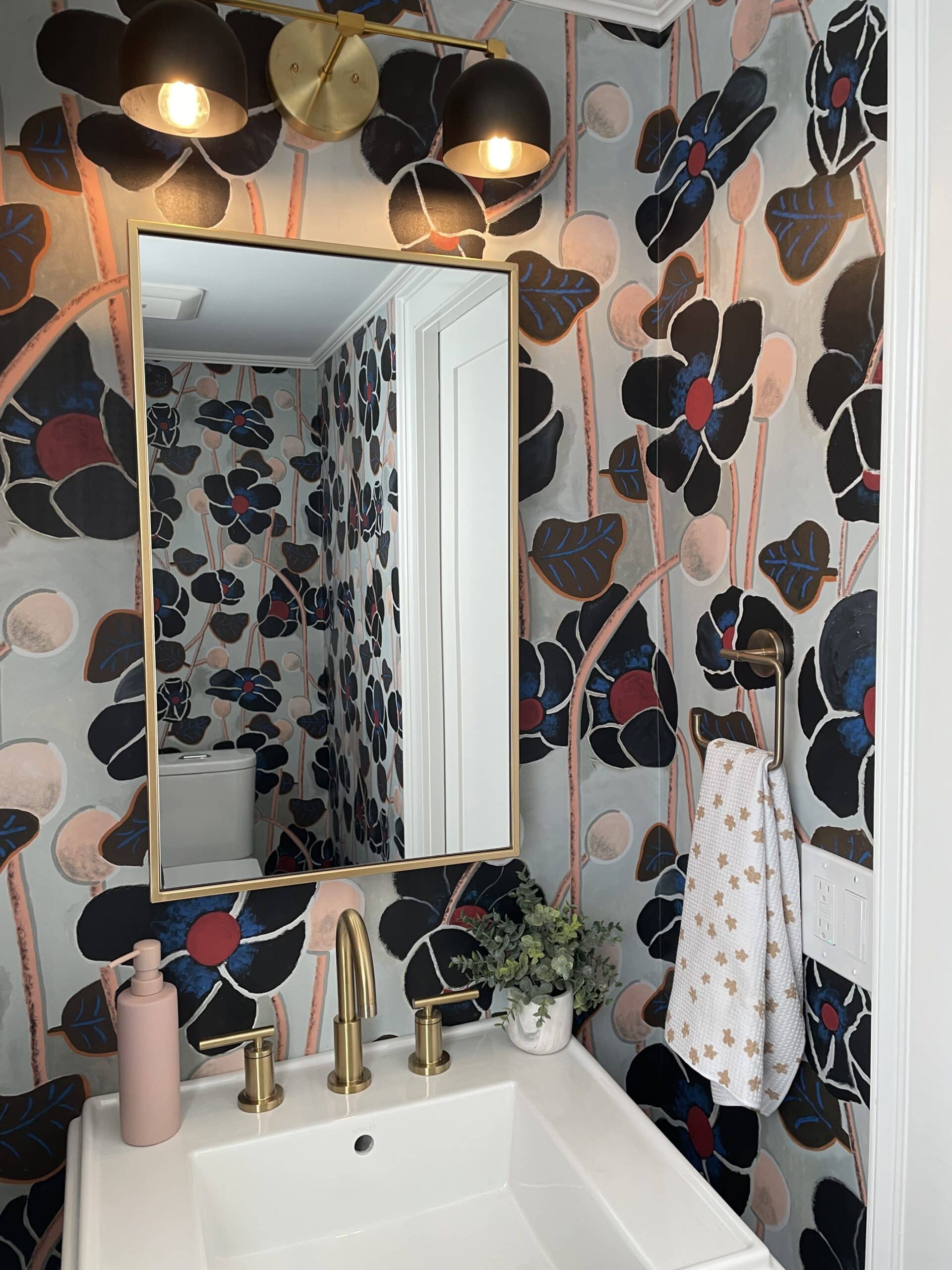
Sustainable and Eco-Friendly Wallpaper Ideas for the Home
Sustainable and Eco-Friendly Wallpaper Ideas for the Home
With more and more consumers adopting an eco-conscious approach to their home renovations, sustainable and eco-friendly wallpaper is having a moment, especially in a residential context. While wallpapers have always been on a spectrum ranging from the arrestingly bold to the subtly atmospheric, the medium on which these patterns were printed and the adhesives used to hang them haven’t always been the best for the planet. In this blog post, we’ll review some sustainable and eco-friendly wallpaper options that everyone should consider when looking to hang some pape, (as I’m sure someone calls it in the biz).
What’s Wrong With Wallpaper?
Before we get to the good stuff, it’s important to note that many companies are doing their best to move away from the use of harmful chemicals in their wallpapers and wallcoverings. Using wallcoverings that avoid using polyvinyl chloride (PVC)-based plastics (vinyl) in the substrate is gaining popularity, for instance, encouraging companies to look at alternative materials. PVC-based wallcoverings are more generally used in commercial settings because of their low costs and durability. However, the phthalate plasticizers used in vinyl wallcoverings have been found to leach into foods and even adhere to dust particles, which can then enter the human body. Bleh.
Additionally, other harmful elements like lead, cadmium, chromium, mercury, and tin had previously been found in wallpaper samples—not something you’d necessarily want lining the walls of your home. You can read more in this 2010 article from Architect Magazine and in this helpful guide from the Ecology Center.
And finally, the adhesives used in hanging wallpaper can also be problematic, as many use biocides and harmful chemicals to make things stick. Many adhesives also contain volatile organic compounds (VOCs) too. According to the EPA, “Volatile organic compounds are compounds that have a high vapor pressure and low water solubility.” These compounds emit gasses over time and build up in interior environments, and can have short or long-term health consequences. Read more about that on the EPA page on Indoor Air Quality.
However, advances are constantly being made. Thankfully, there are now adhesive products that are water-based and use a different chemical cocktail to reduce the environmental impact and make them safer for consumers.
Sustainable and Eco-friendly Wallpaper
Now, on to the good stuff. Sustainable and eco-friendly wallpaper can mean an assortment of things, but generally, refers to materials used to cover interior walls that are environmentally friendly and have minimal impact on the planet throughout their lifecycle. But remember, it’s not just about the material itself, though prioritizing sustainable and renewable materials is always a good place to start. Harvesting techniques, processing, embedded energy, lifecycle, and effects on ecology and local peoples are all things to keep in mind when selecting your wallcovering. One of our favorite wallpaper designers, Maya Romanoff, prioritizes sustainability in their wallcoverings and even provides a helpful “Green Matrix” to consult when eco-centric consumers are on the hunt for wallpaper. With these things in mind, here are some popular options we like to use at Red House Design Build.
Recycled Materials
Wallcoverings made from recycled materials such as reclaimed wood, recycled paper, or recycled textiles help reduce waste and minimize the demand for new resources.
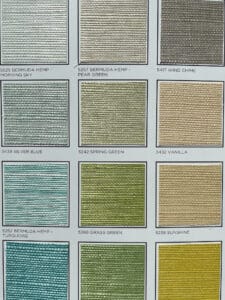
Natural Fibers
Wallcoverings made from natural fibers like bamboo, hemp, jute, or grasscloth are renewable, biodegradable, and often produced with low environmental impact.
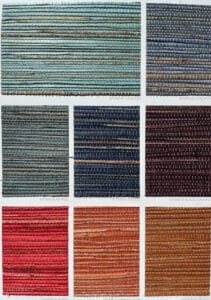
Cork
Cork wallcoverings are made from the bark of cork oak trees, which can be harvested without harming the tree. Cork is a sustainable material that is renewable and biodegradable.
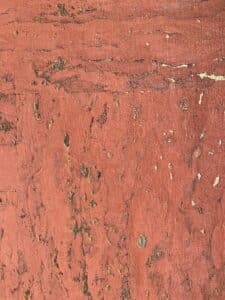
Sustainably Sourced Wood
Wallcoverings made from sustainably sourced wood, such as FSC-certified timber, ensure that forests are managed responsibly, promoting biodiversity and ecosystem health.
Clay-coated Paper
Sometimes, a thin clay coating can be included in wallpaper. These wallcoverings are made from natural clay. They are breathable, non-toxic, and help regulate indoor humidity levels.
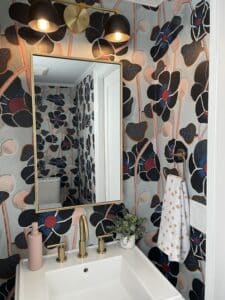
Plant-Based Resins
Some wallcoverings are made with plant-based resins instead of traditional petroleum-based resins, reducing the reliance on fossil fuels and minimizing environmental impact.
Bio-Based Materials
Wallcoverings made from bio-based materials, such as agricultural residues or bioplastics, offer alternatives to conventional materials derived from fossil fuels.
We hope this sustainable and eco-friendly wallpaper guide has helped you become a better-informed consumer when it comes to lining your home’s walls. As we work towards a more sustainable and responsible future, it’s important for us all to continue learning and making an effort to reduce our impact on the environment. If you’re looking for sustainable options for your home renovation, contacting Red House Design Build today is a great first step!
- Category :
- Type :

